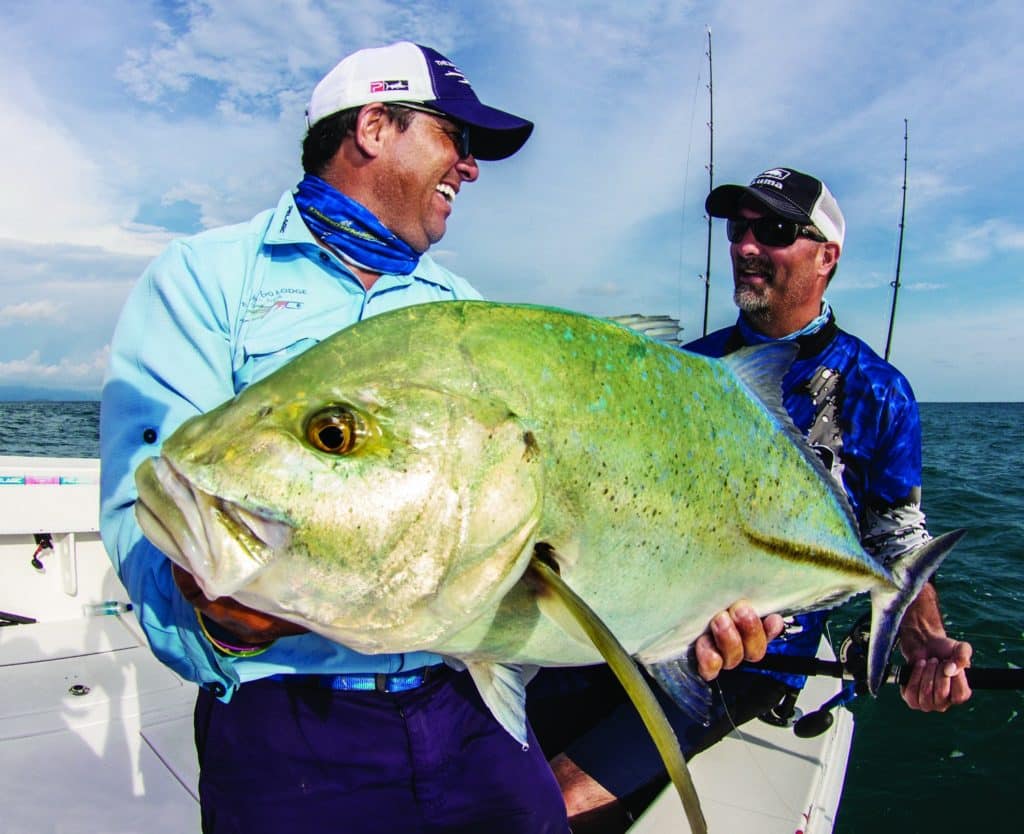
Throwing topwaters (poppers and stick baits) and dropping metal speed jigs is, for many anglers, the ultimate in active sport fishing for big fish. Costa Rica is known as a great spot to troll for billfish and tuna, but what about jigging and popping. A group of anglers traveled to Zancudo Lodge on the country’s southernmost coast to find out.
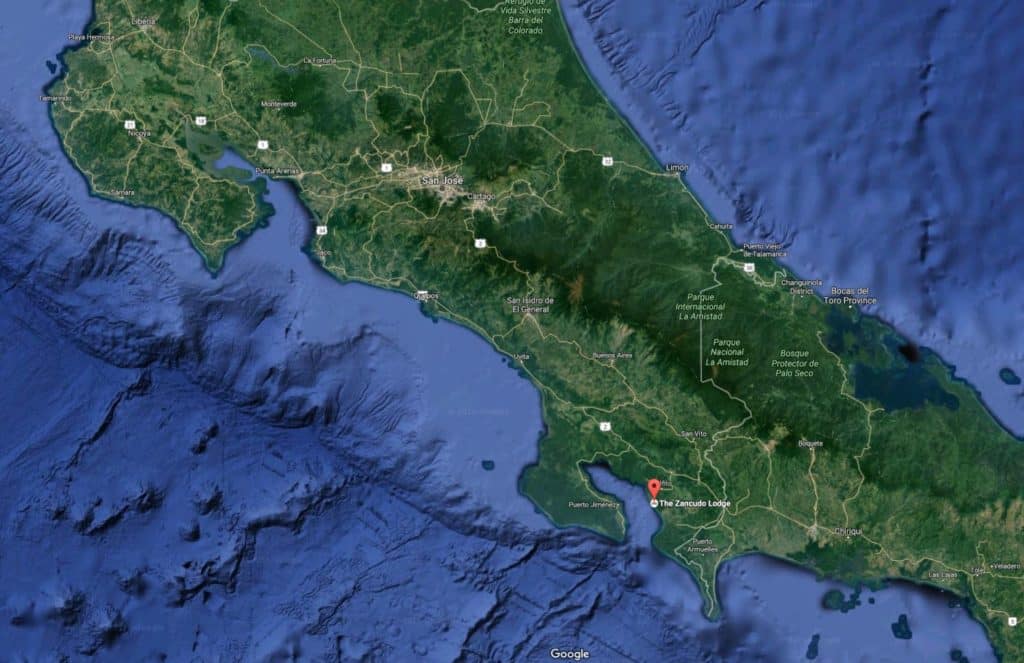
Big Swells Change Up the Game Plan
“The largest swell we’ve had in years is supposed to start hitting the coast tomorrow.” Not exactly what one wants to hear at the start of a long-awaited fishing trip. Tomorrow was just when I was scheduled to fly into Golfito, in southern Costa Rica, to fish those waters for several days.
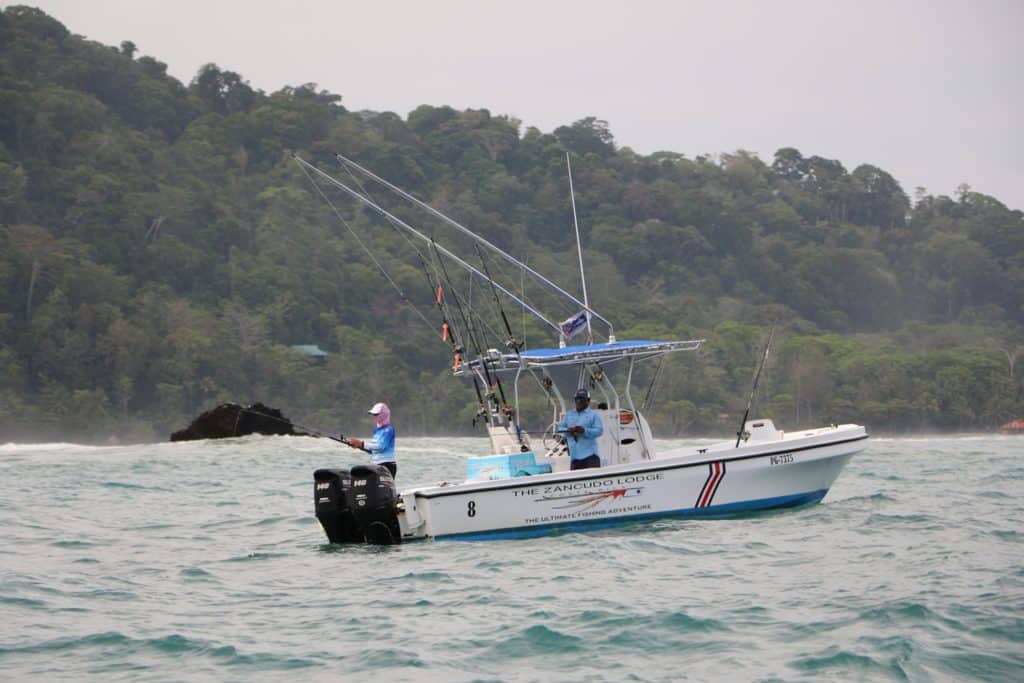
The news came from Gregg Mufson, the owner of Zancudo Lodge, on the eastern side of the vast Golfo Dulce. I was dining at a restaurant in the capital, San Jose, joined by Mufson and three longtime fishing friends, John Bretza (with Okuma), Adrian Gray (with the International Game Fish Association) and Paul Michele (with Navionics). All of us would be flying out early the next morning — and would be on the Pacific, fishing, a few hours later.
“Guess it’s time to change up our game plan,” Michele said.
We had originally talked of working in close to the rocky coast on our first day, fishing for some of the huge roosterfish that prowl those waters. But a big swell would make that far too dangerous.
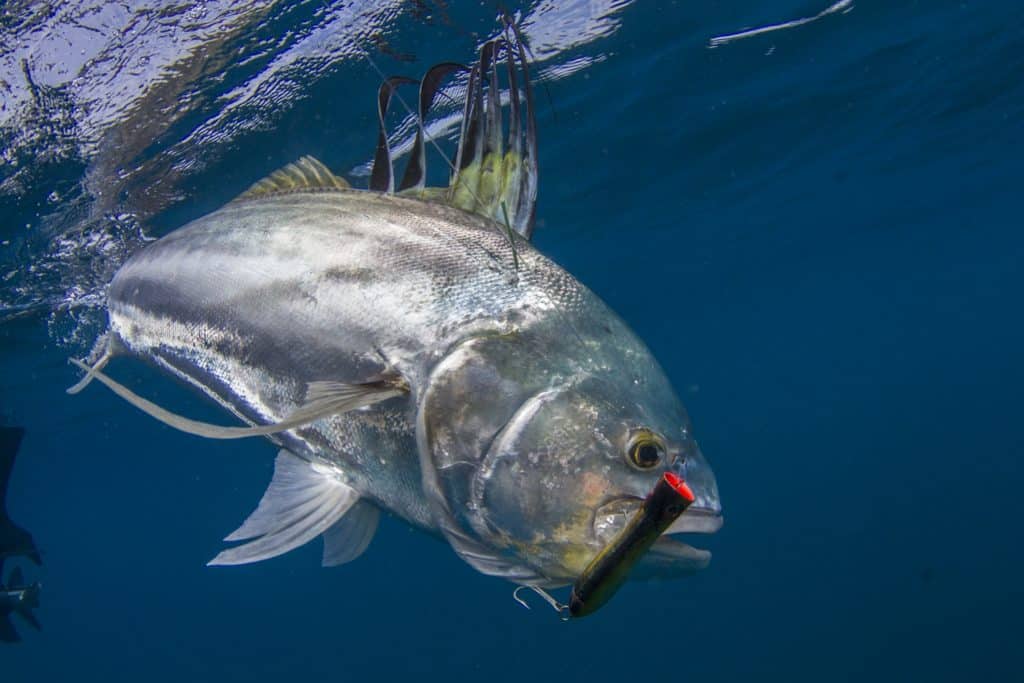
But we wouldn’t be resting on our laurels or our butts back at the lodge while waiting for the swells to subside. We’d come armed with jigs and poppers, and we weren’t afraid to use ’em. (Well, except near the rocky shore.)
An Obligatory Bait Stop
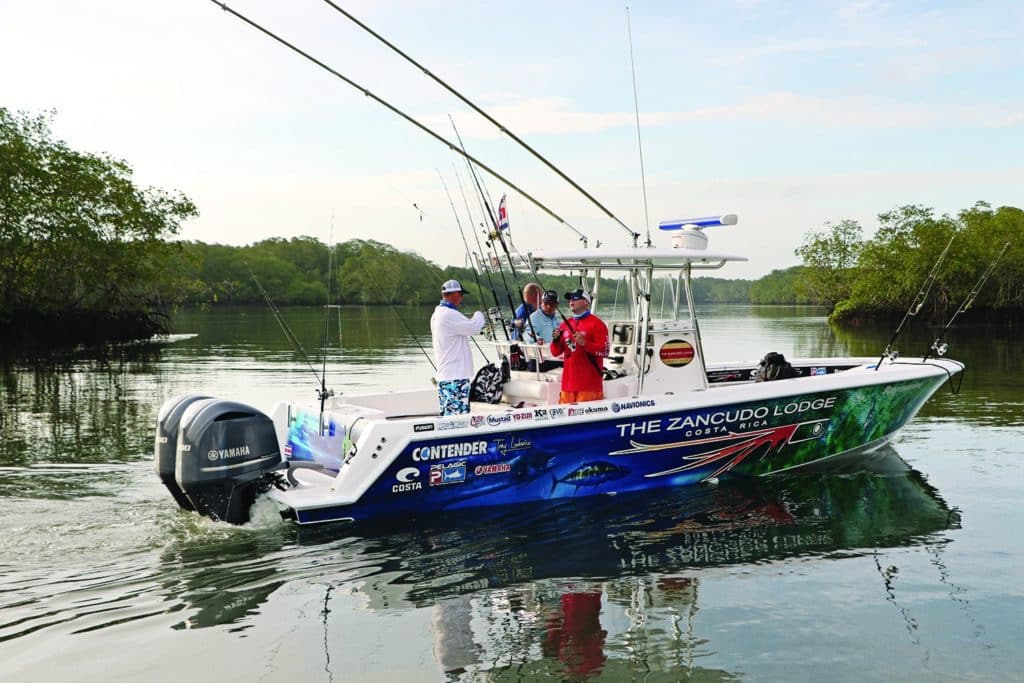
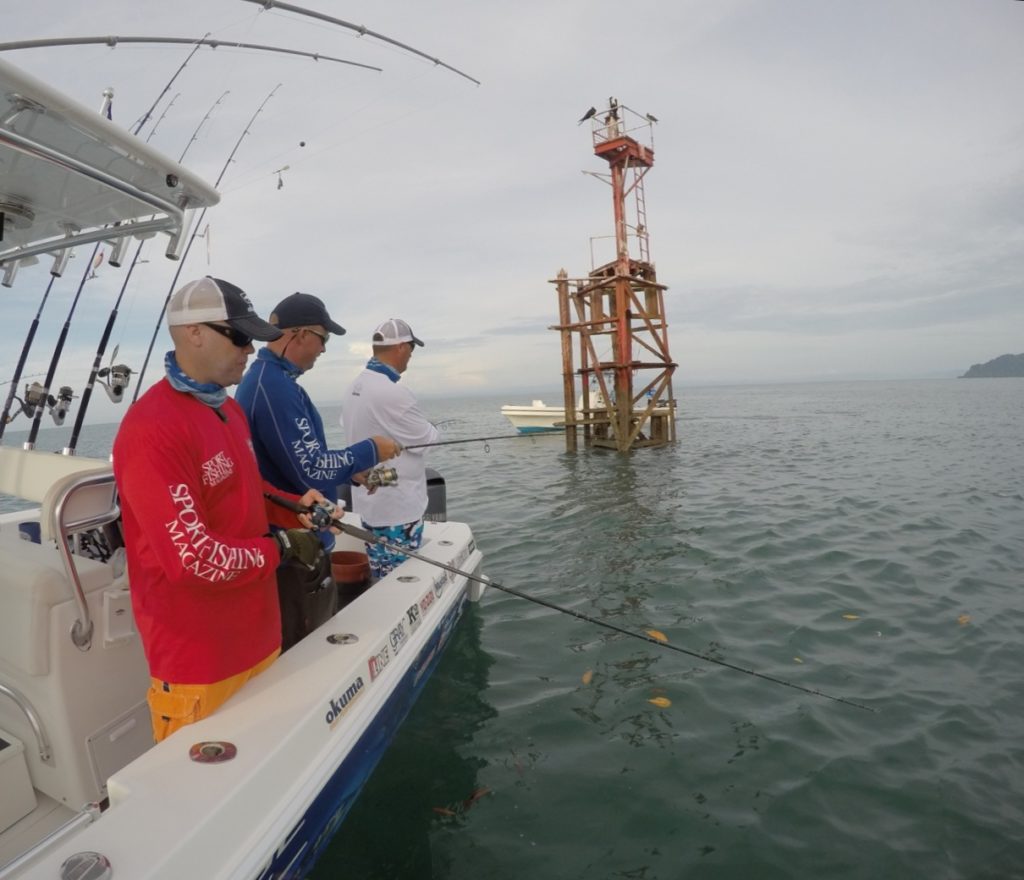
Local wooden boats had already staked out spots and, armed with hand lines, were bringing in their bait for the morning.
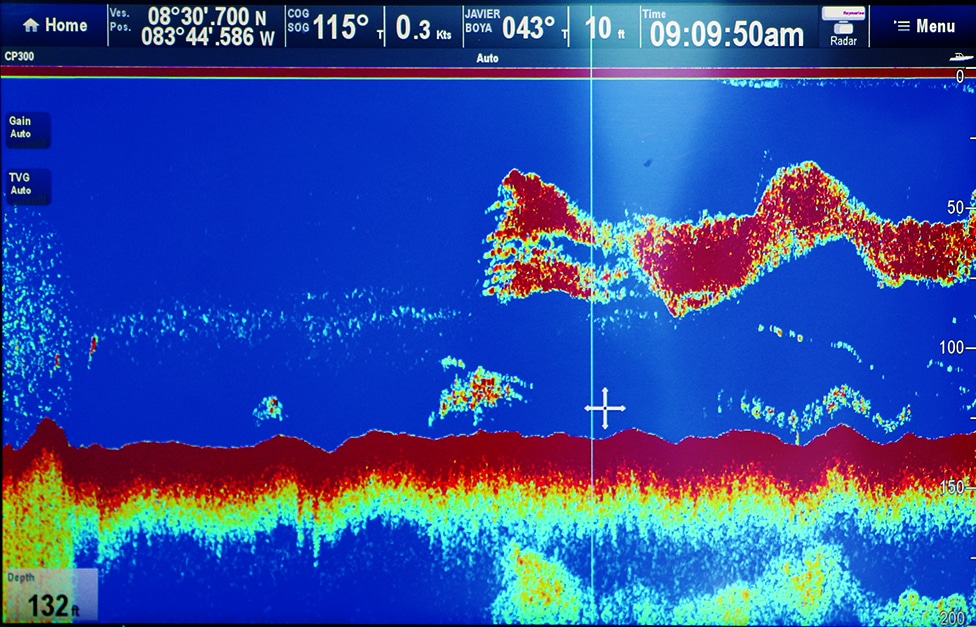
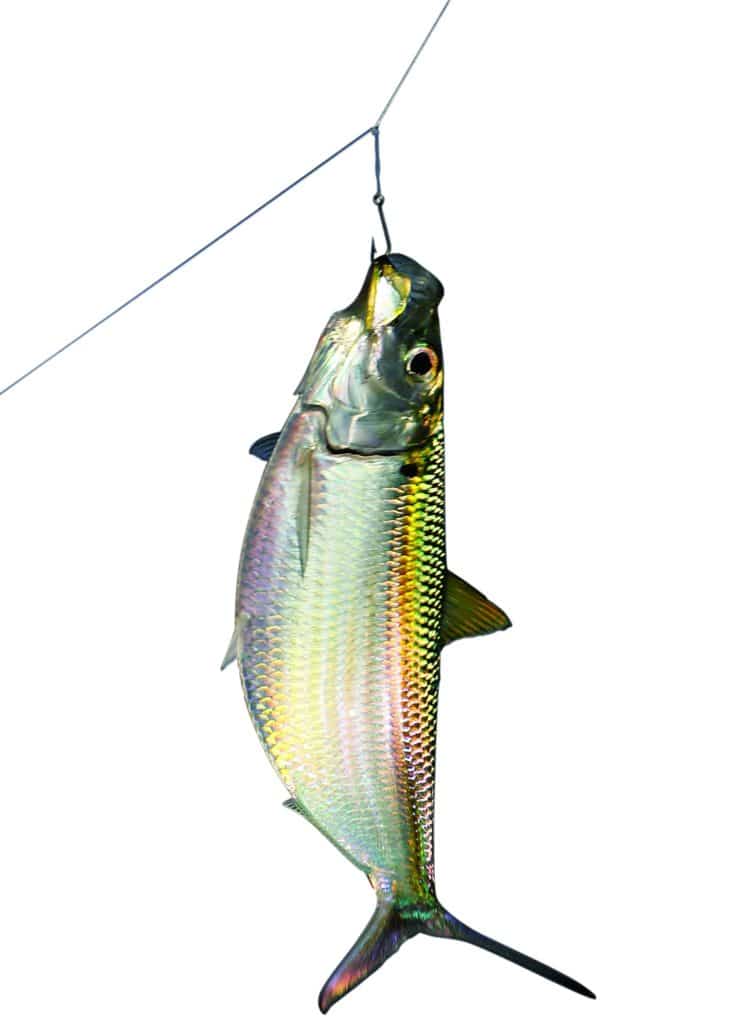
Fishing Around the Monolithic Rock Called Matapalo
Shortly after that, still in the gulf, we stopped over one spot in Mendoza’s book of GPS numbers, but found little action and moved on — to the most popular realm of roosterfish in these parts, Matapalo Rock. Like a sentinel guarding the western entrance to the Golfo Dulce, this unmistakable monolith juts from the Pacific just offshore.
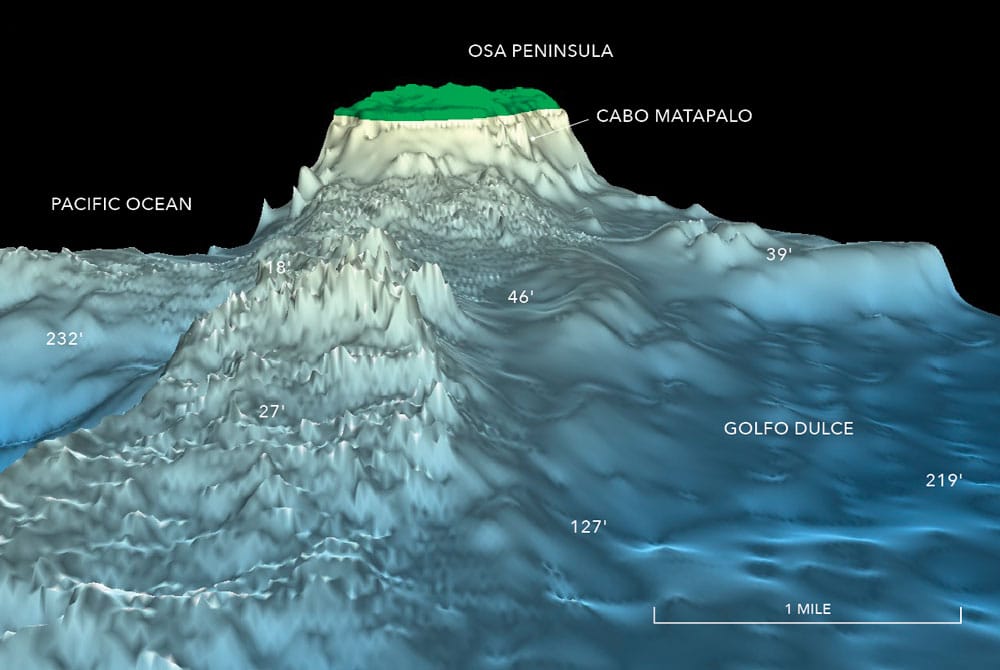
Despite the nearly constant attention roosters here receive from boats, with several resorts and charter operations in the vicinity, Matapalo is still hard to beat.
Today, though, it would be hard for us to fish, with each of the massive swells that piled up as they hit shallower water threatening to engulf the tall rock.
But away from shore, the swells were in fact so far apart that we scarcely noticed them on the otherwise smooth ocean.
Mendoza stayed well clear and chose to drift a good way outside the rock, in the Pacific.
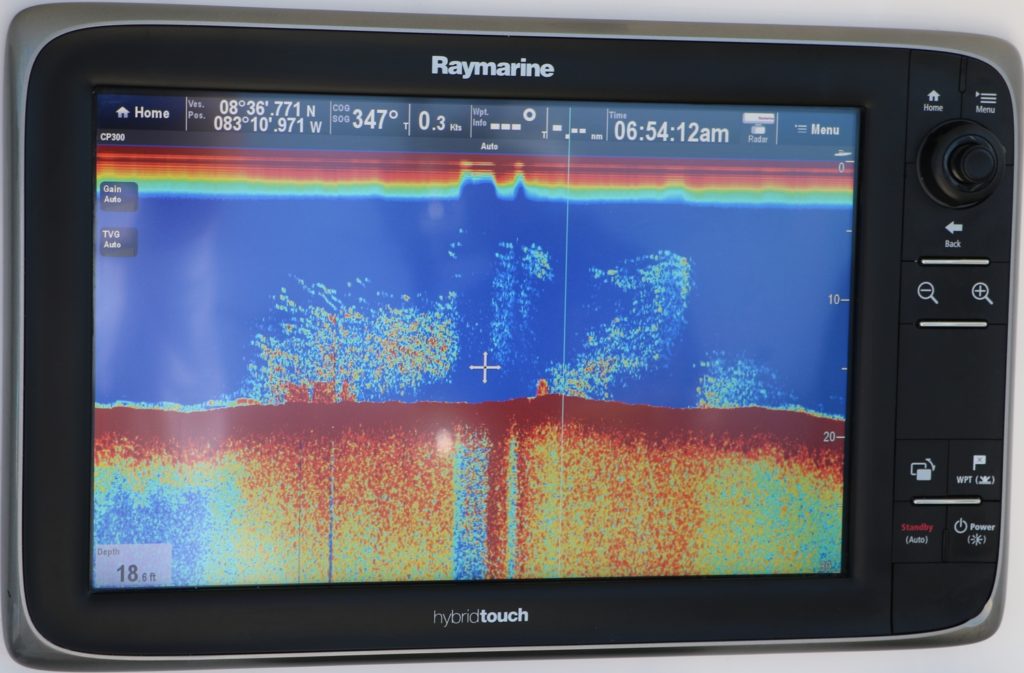
It didn’t take Bretza long to score. From the corner of my eye, I saw his rod (one of Okuma’s new spiral carbon technology, or SCT, models) yanked down violently at the top of a jig sweep.
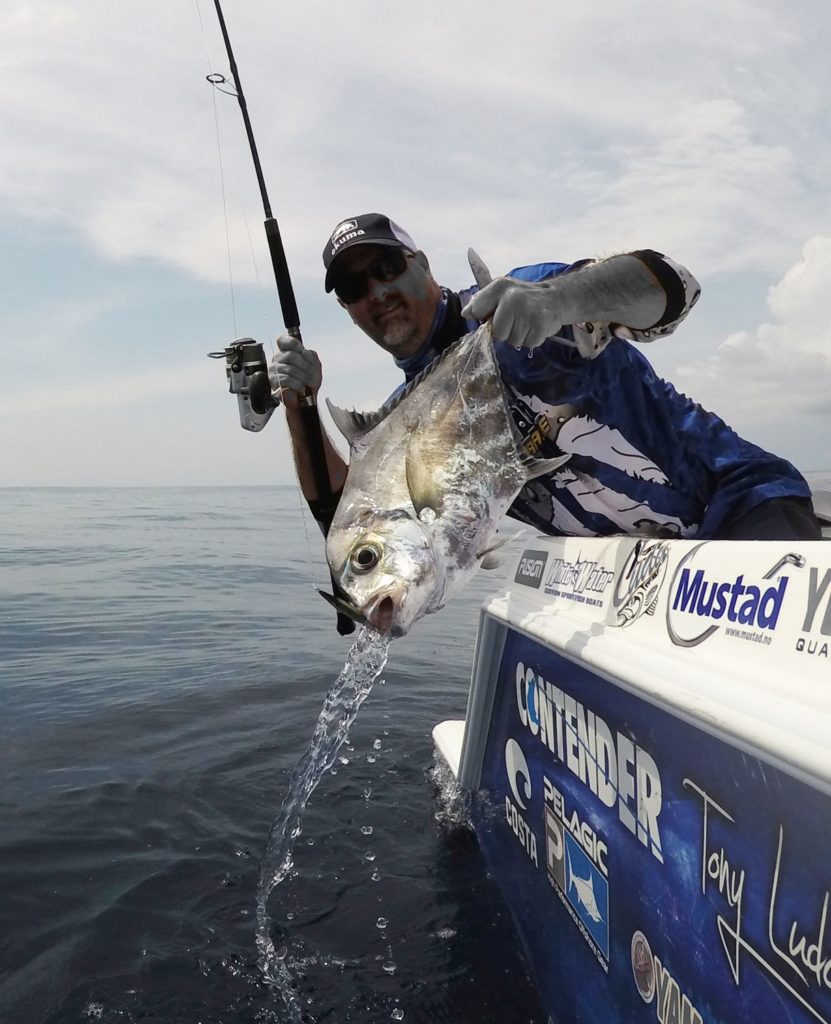
A Piscatorial Potpourri
Those African pompano marked the start of some great variety fishing. That day and the next, we added to our list of jig-caught fish a number of other game fish. That included a good almaco jack and trophy-size amberjack that Michele and Gray manhandled to the boat, a big bluefin trevally that Bretza jigged up, Pacific red snapper, and a very large yellow snapper. Add a Pacific horse-eye jack, and we ended up with five species of trevally.
We also saw one roosterfish and hooked another, though it came unbuttoned before arriving boatside.
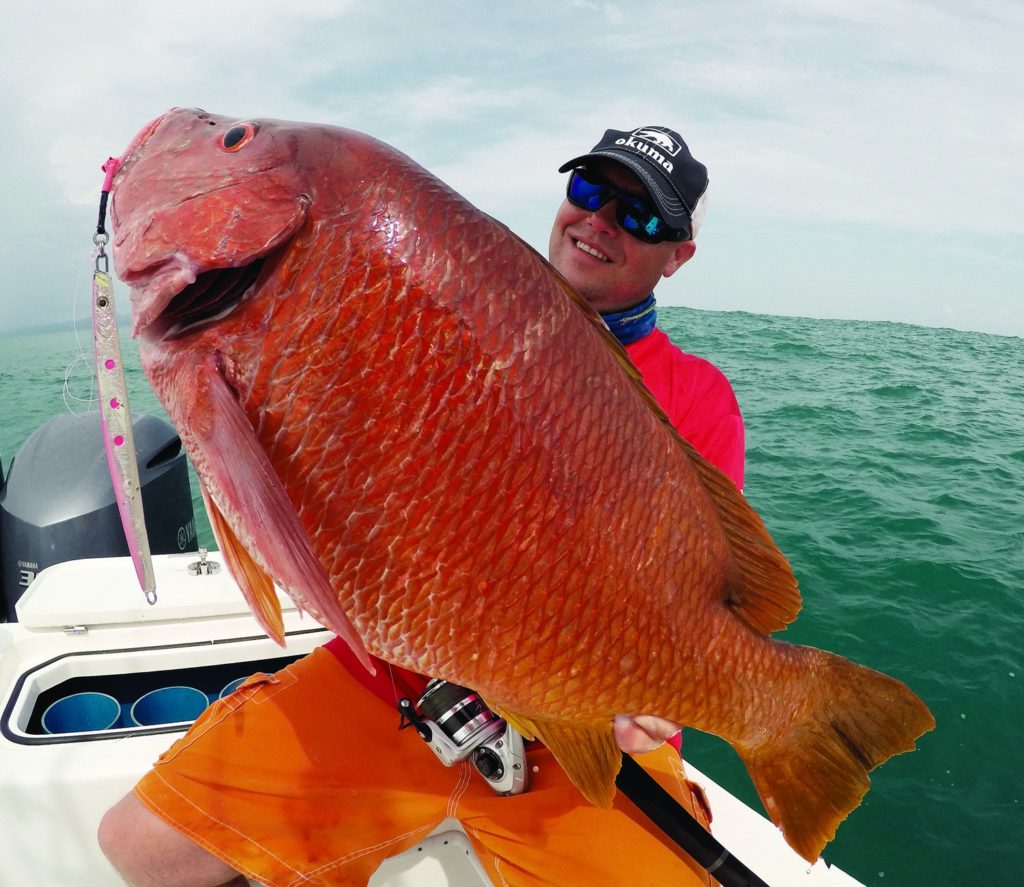
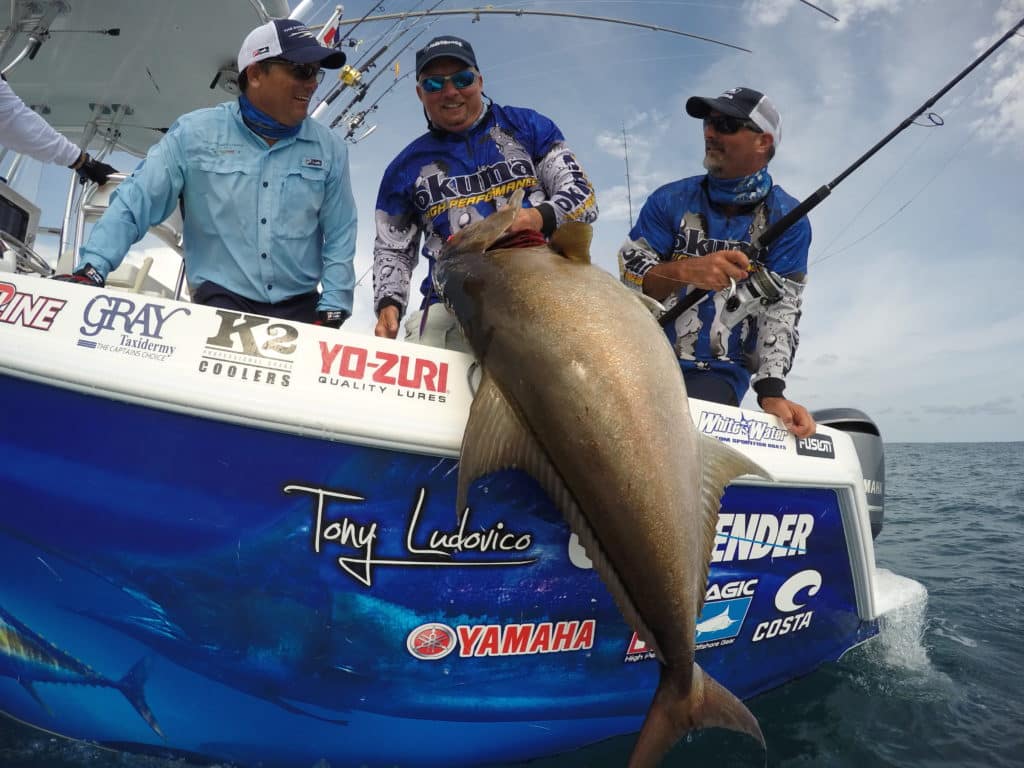
Currents over these nearshore shelves moved at a good clip; that may have accounted for the activity of predators here. It did require us to make pretty frequent drifts.
We tried jigging farther out, in water 300 to 350 feet deep, but found the action much better in closer.
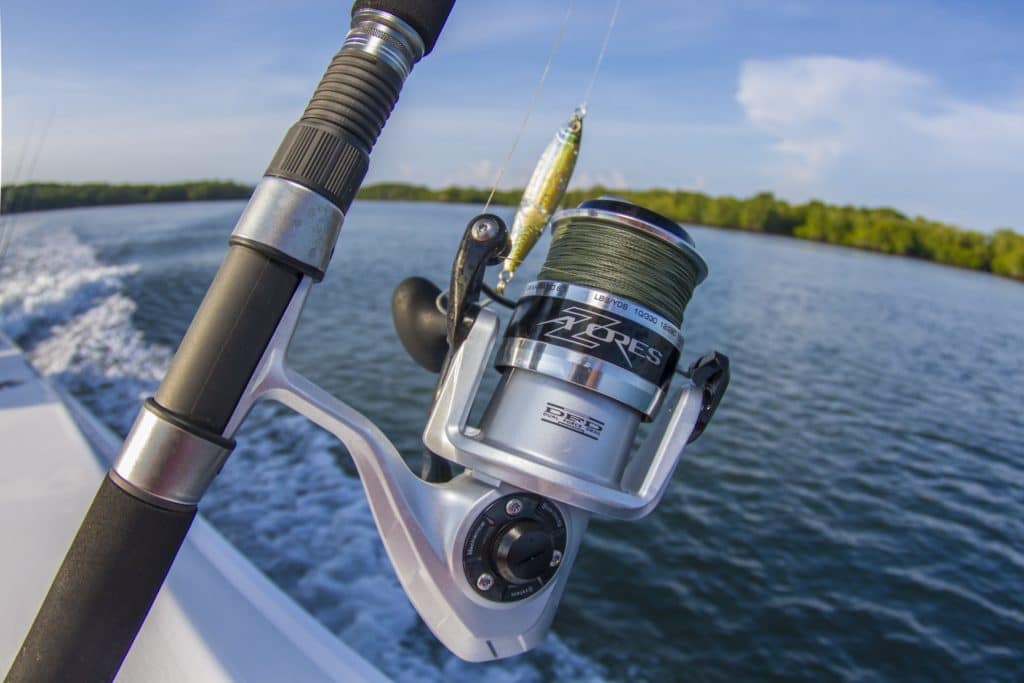
“We get more and more jig fishermen at the lodge every year,” says Mufson. That’s not news for European and Japanese anglers who come here, but interest in fishing jigs among guests from the United States and Canada is on the rise as well.
Lodge boats carry a variety of jigs and Yo-Zuri poppers, as well as Okuma rods and reels with heavy braid for fishing those lures. Mufson says that Zancudo boats also like to have live bait on board, just as our skipper did. The idea is that it’s always nice to have a live bait out while jigging.
Tuna on Top
While the swell remained too big to throw poppers in close, most in the group seemed to have forgotten about that part of the plan, busy with jigging and enjoying the various game fish we were hooking.
But we had brought a bunch of poppers with us, and on our last day, we decided to use ’em — offshore. So Mendoza headed the Contender west, and we began looking for birds and/or dolphins (of the cetacean kind) — something that would signal feeding yellowfin tuna.
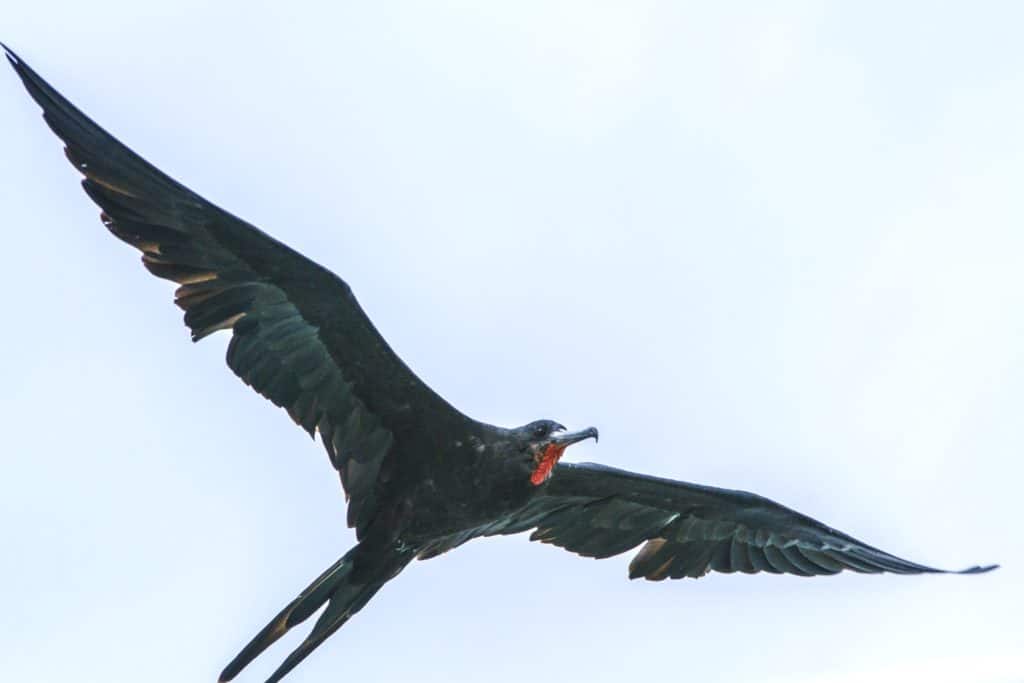
With a flat-calm ocean, conditions were outstanding, both for spotting surface activity and for throwing topwaters. Even so, for a while it seemed a pretty lifeless sea. When we did find some activity, the good news was that there were big tuna busting hard on bait schools — probably triple-digit fish. The bad news turned out to be the capricious, unpredictable nature of the activity: They’d be feeding explosively on top for a minute or two, then disappear and come up some distance away a bit later.
But with anglers on the bow ready to throw poppers, Capt. Mendoza worked to dial in the movements, spending time running-and-gunning at high speeds to give us shots. And shots we got, including some seriously explosive blasts, with one tuna knocking a popper five feet into the air (and somehow missing it).
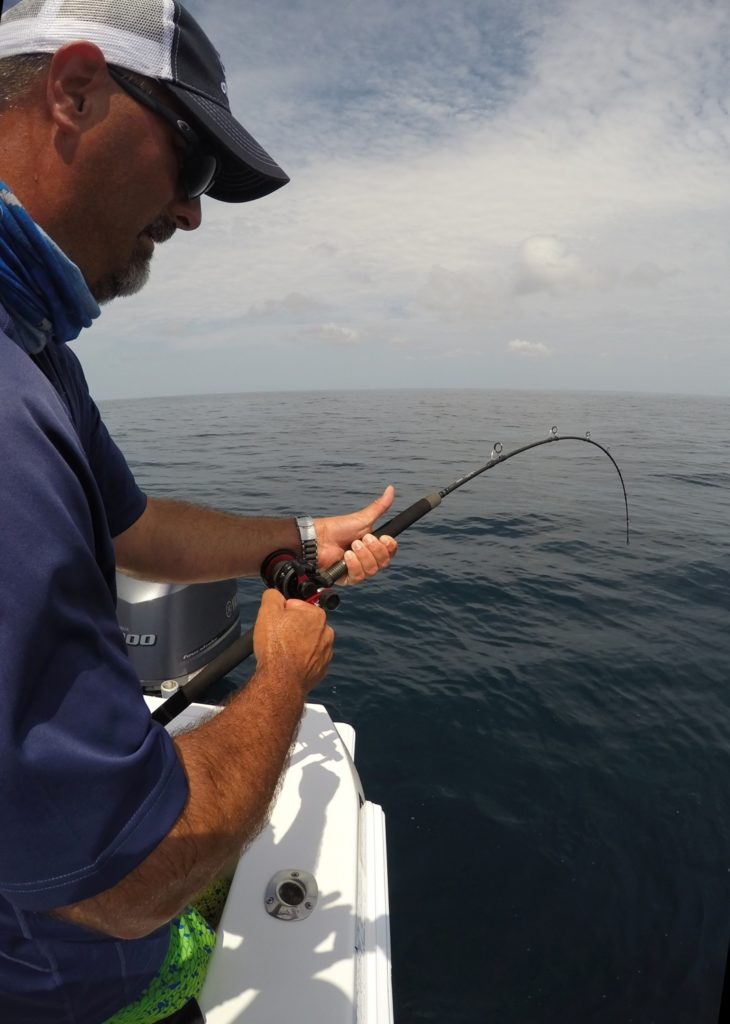
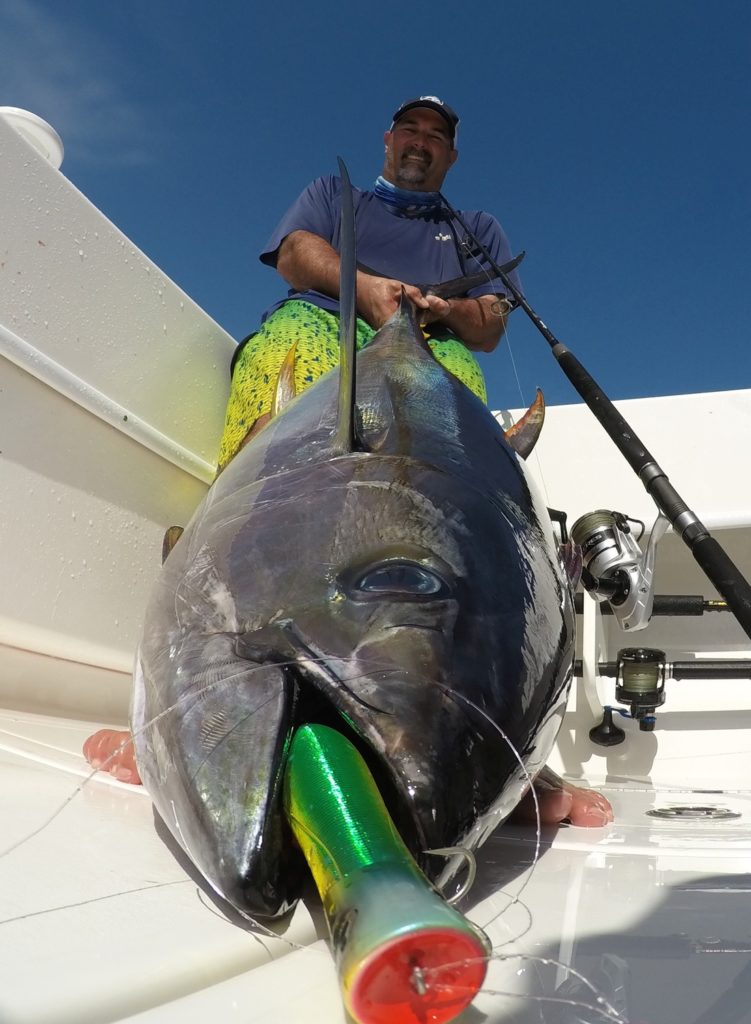
Of course, trolling lures or pitching livies produces tuna aplenty for Zancudo boats; still, says Mufson, “There are times when poppers are the only thing tuna will eat.”
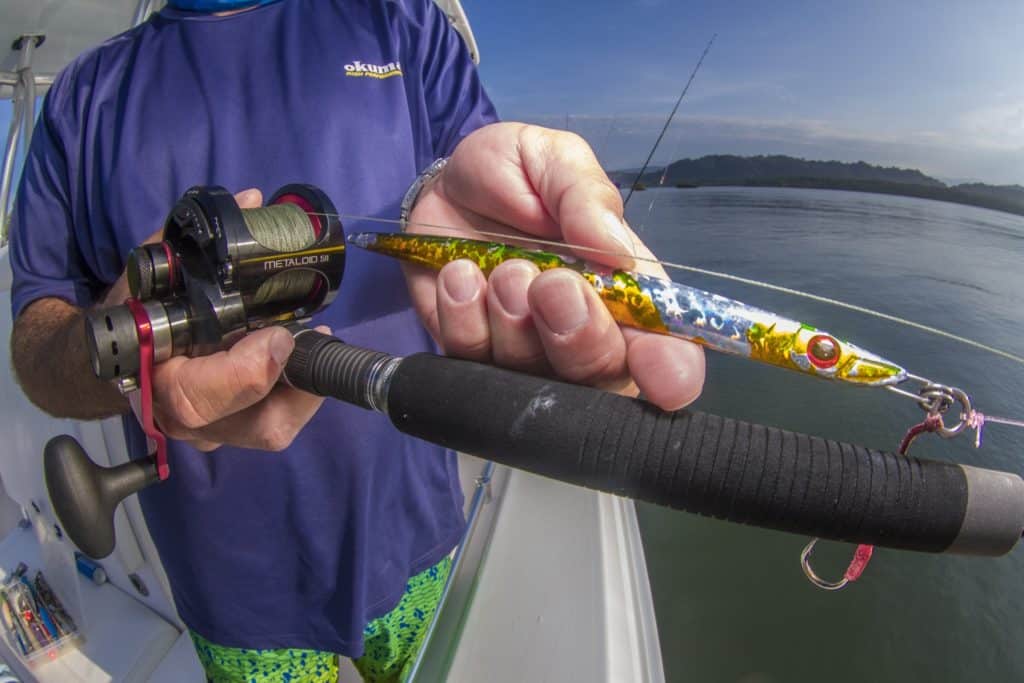
By any measure, fishing these waters lends itself to just about any method and tackle, depending on an angler’s preferences and objectives. But for those who enjoy very active fishing (versus, say, trolling lures or drifting bait) and the feeling of never knowing what will come up next, it’s hard to beat jigging and popping southern Costa Rica.
PLANNING A TRIP TO FISH ZANCUDO
Fishing
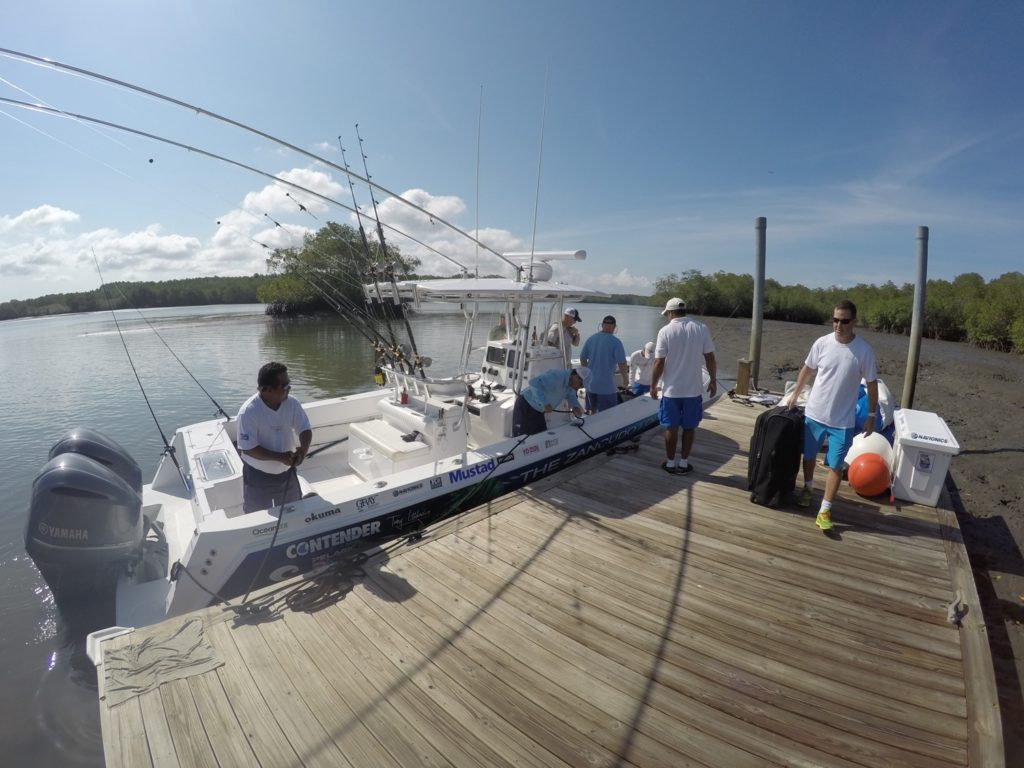
Accommodations
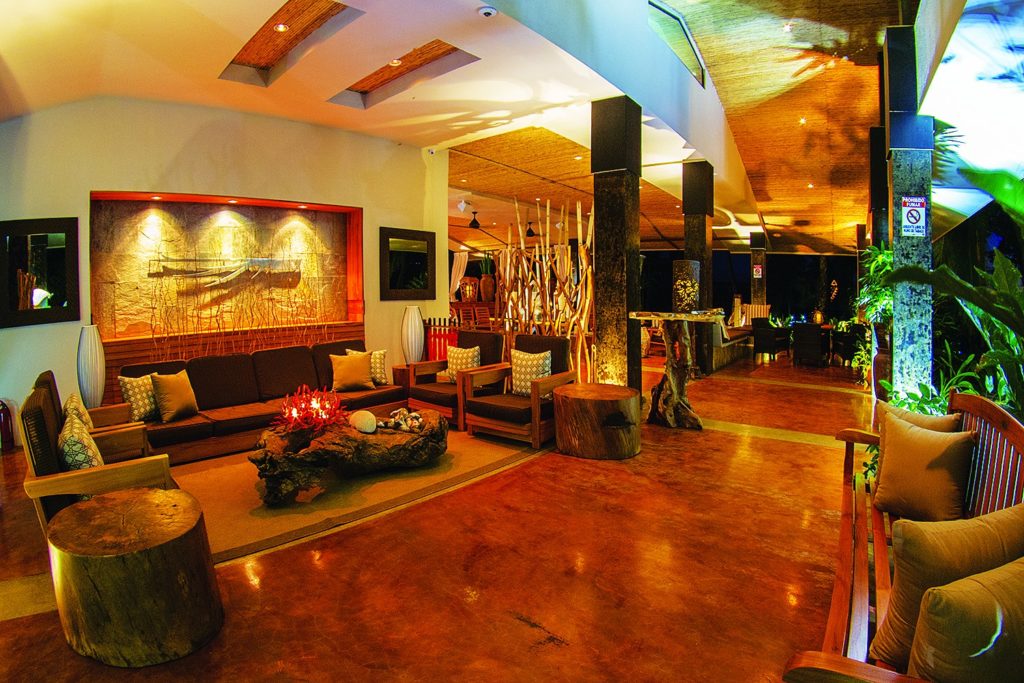
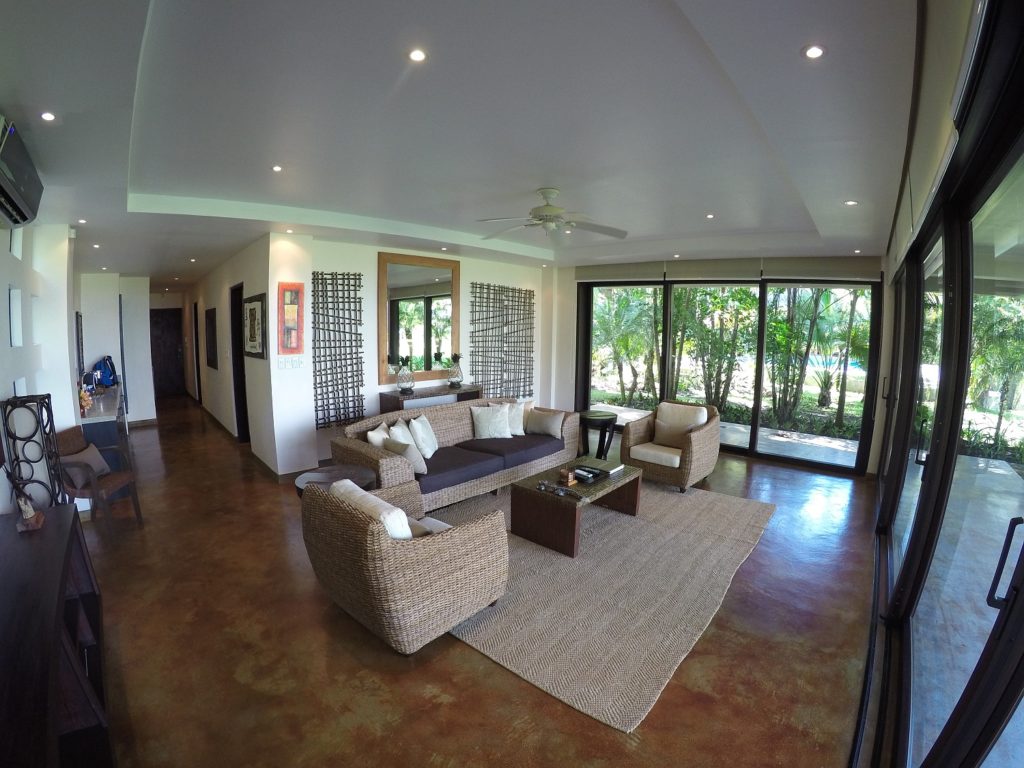
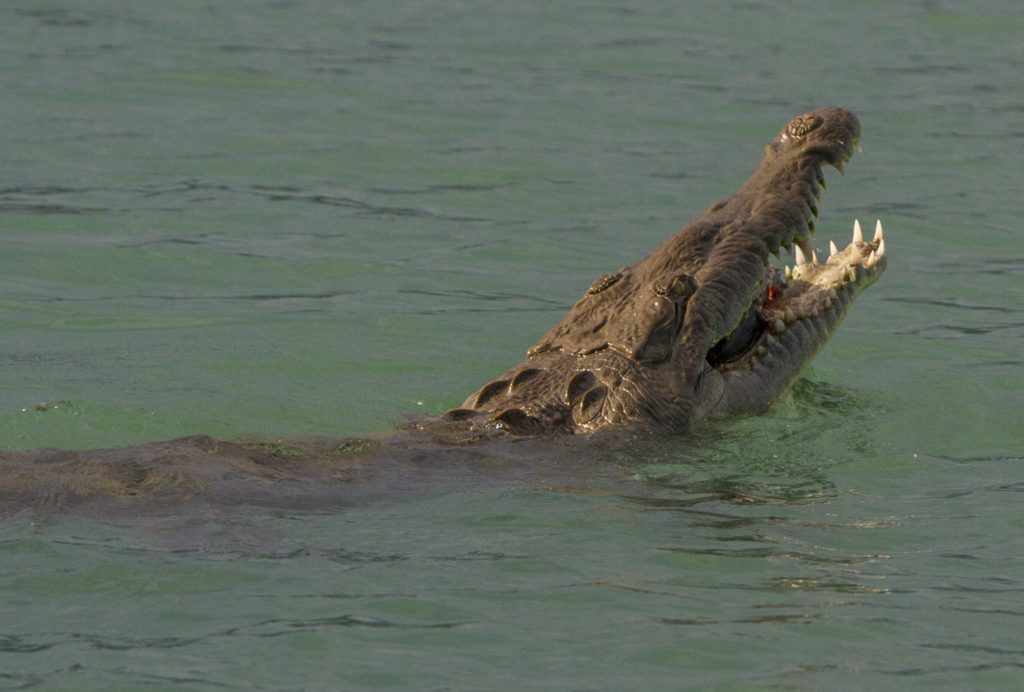
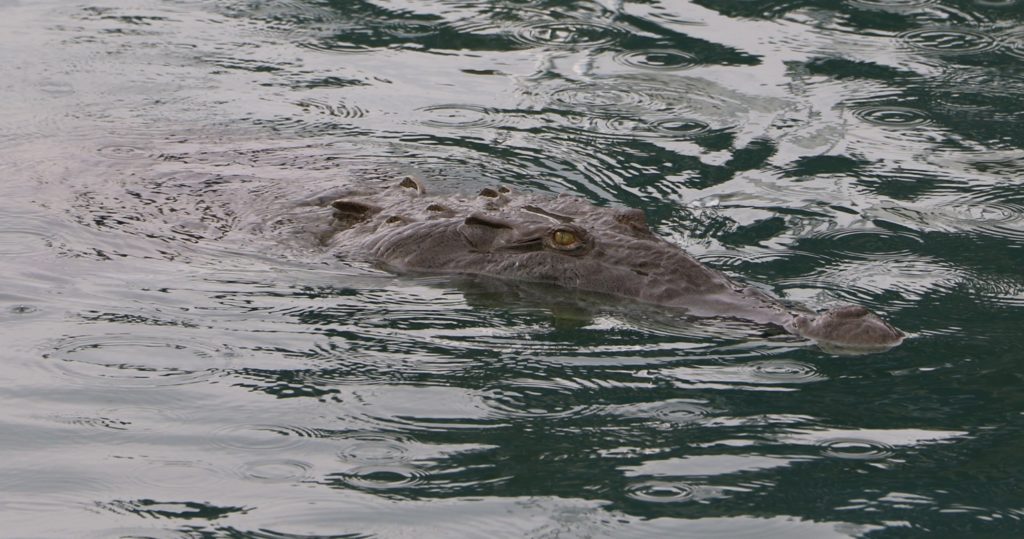
Travel and Stuff Besides Fishing
Fly via any of several major airlines into San Jose, then overnight in San Jose and fly out early morning via Nature Air Flights Costa Rica to Golfito, at the far southern end of Costa Rica’s Pacific coast. From there, take a taxi to a dock where a lodge boat will whisk you south to the lodge.
There’s plenty to do here, including world-class surfing on Playa Zancudo, with its long, left-breaking waves; eco-tours; stand-up paddleboarding; jungle and rainforest hikes; horseback riding; mangrove-river boat tours; and forest-canopy zip-lining, to name a few activities.








